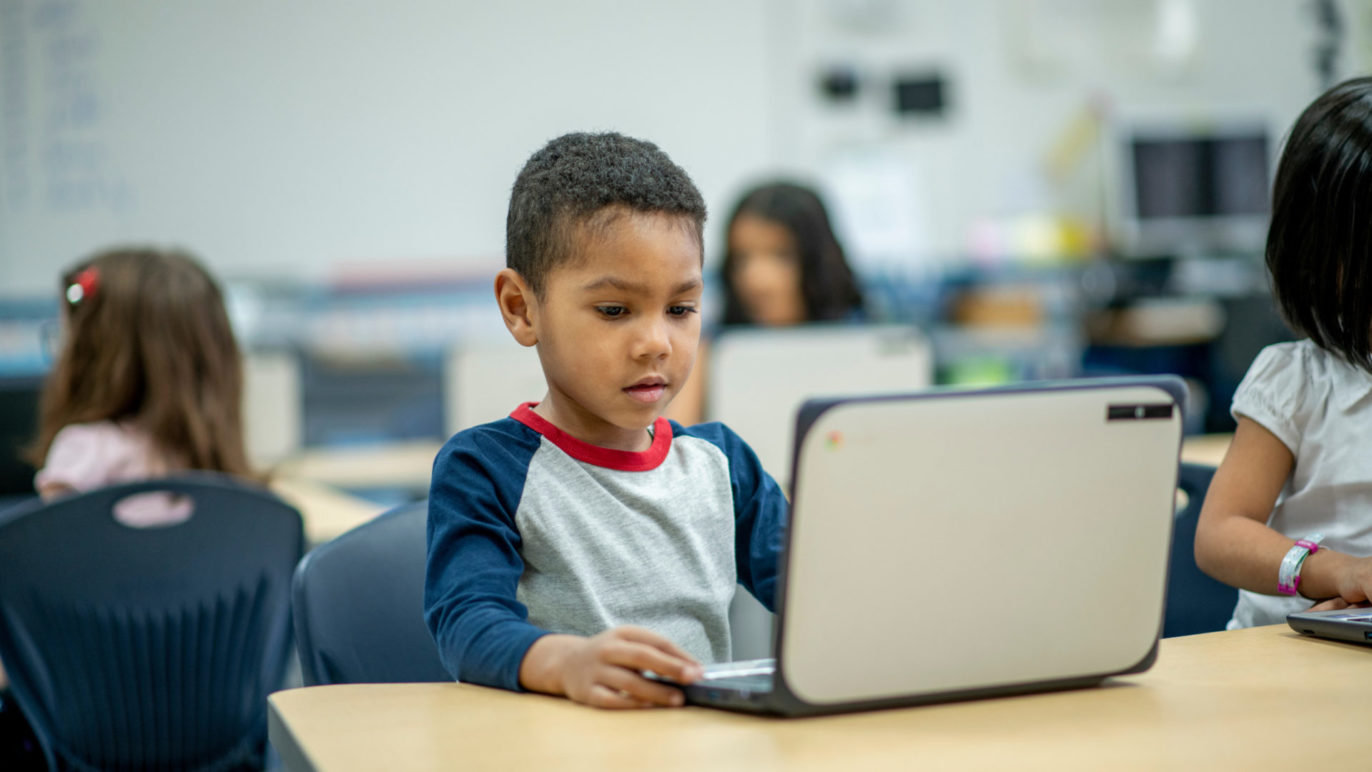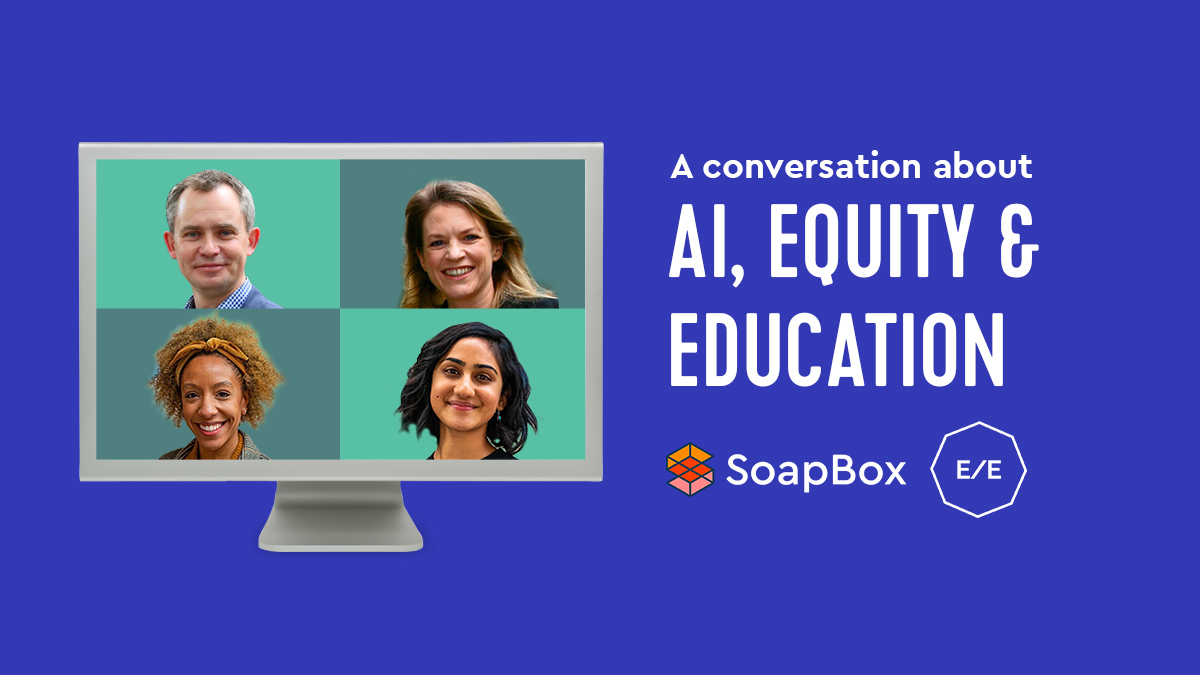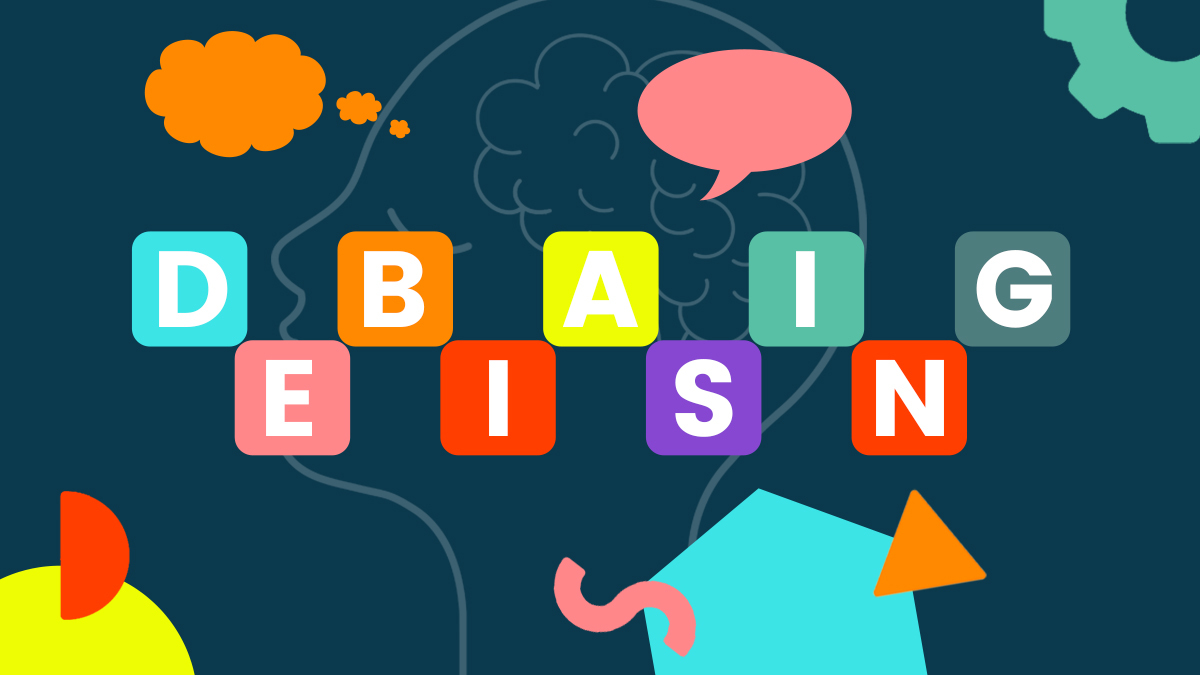Equitable
Voice AI
Creating equitable learning experiences for kids
For SoapBox, equity means ensuring that every child’s voice is understood equally and accurately and in a way that honors their individual characteristics – accent, dialect, speech pattern, race, ethnicity or background.
When Dr. Patricia Scanlon started SoapBox in 2013, she imagined building voice experiences for kids in a New York City classroom. That vision, based on diversity and the high stakes of an educational setting, has driven every technical, process, and design decision we have made in the last 11 years, and continues to drive our mission today.
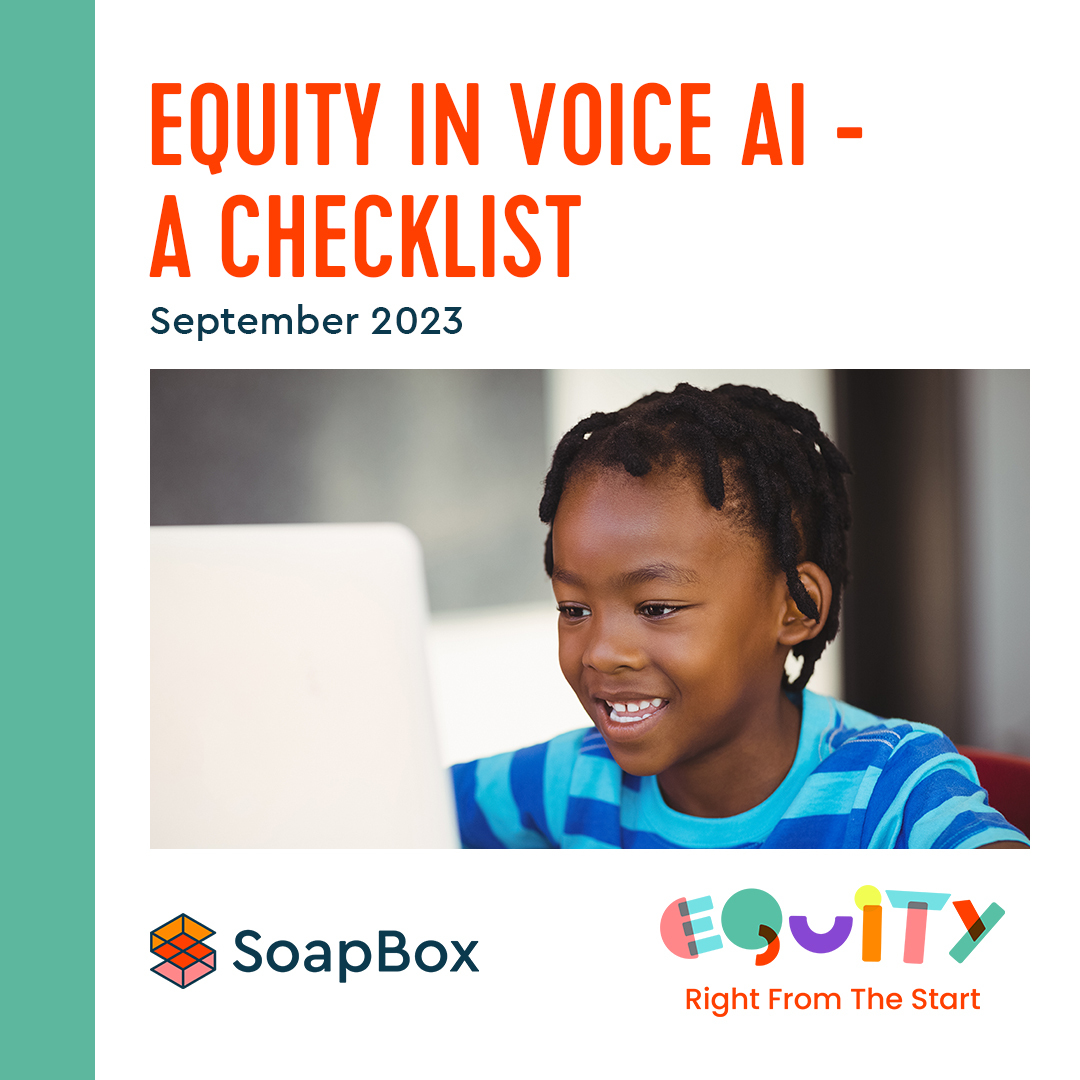
The Equity Checklist
Voice-enabled literacy tools can help teachers solve the literacy crisis, but only if they understand all children’s voice equally.
Here are the questions to ask before integrating AI into your learning tools for prek-12 classrooms.
Certified for mitigating bias
In October 2022, SoapBox became the first and only AI company to be awarded the Prioritizing Equity in AI Design certification from Digital Promise and The EdTech Equity Project.
This certification recognizes our steadfast commitment to mitigate bias and understand all kids’ voices accurately and equally. Read our blog to learn more about this certification and our approach to building equity-driven voice AI technology for kids.
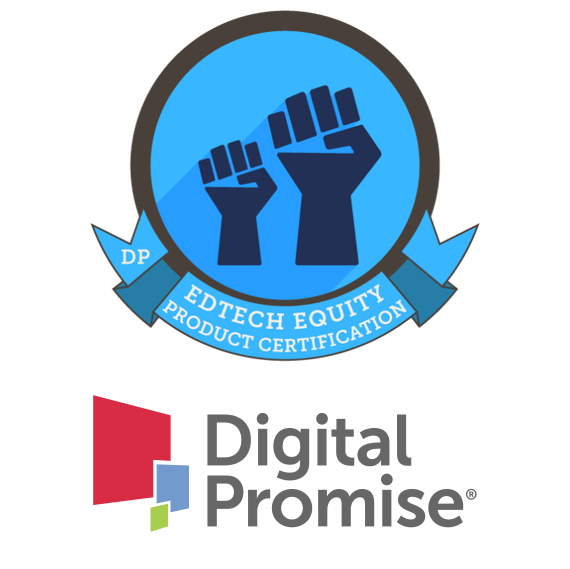
How we mitigate bias
Building our equitable voice AI technology requires training and testing our models on diverse voice data of all accents and dialects.
In this video, CTO Dr. Amelia Kelly describes an approach to testing our technology for bias called “Describe the Picture.”
We’re thrilled to see SoapBox Labs deliver best-in-class voice-enabled technology that sets a high standard for the edtech industry by investing in the critical work required to ensure their AI works well for learners of color.
Nidhi Hebbar
Co-Founder, EdTech Equity Project


